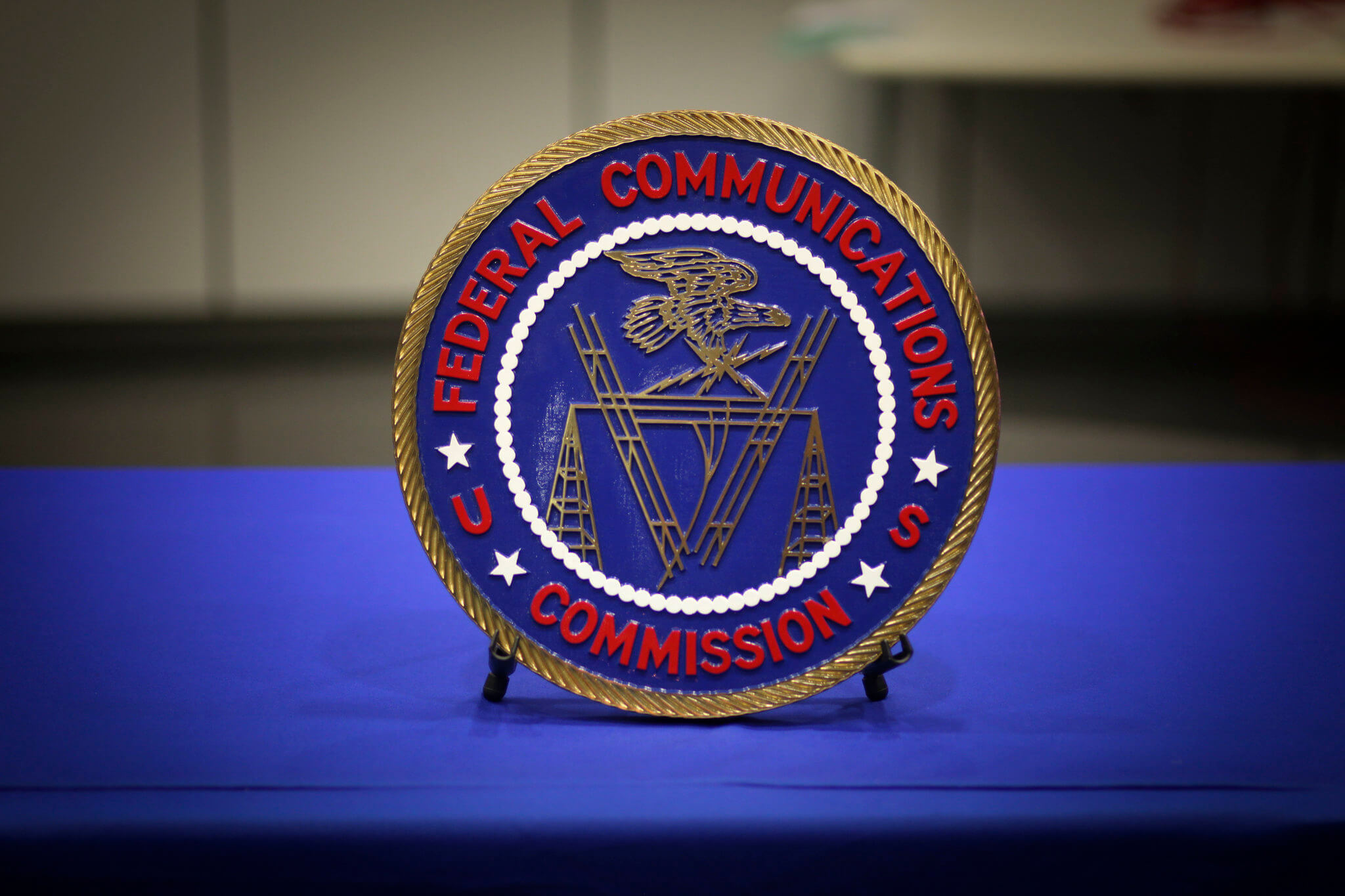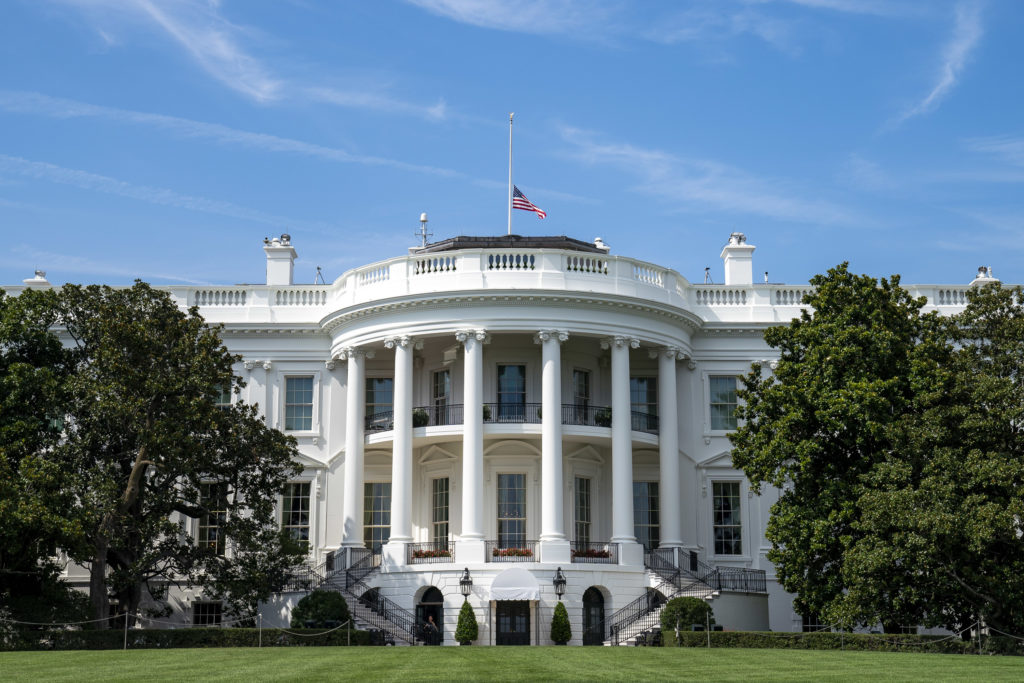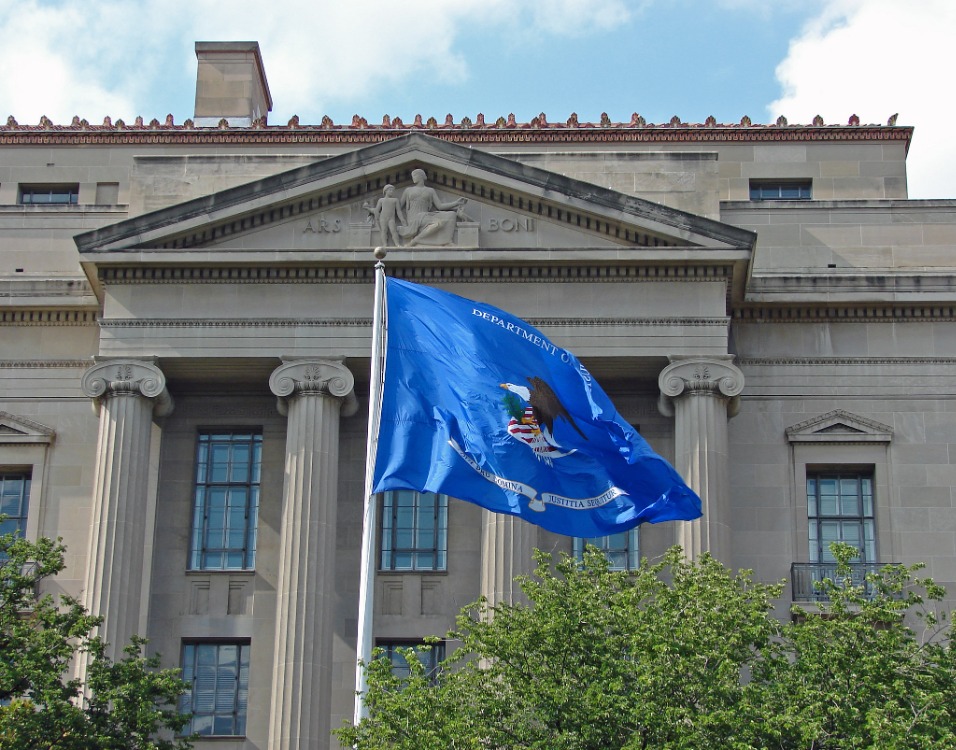The President's Daily Brief and Presidents-Elect: A Primer
Why isn't the intelligence community sharing the President's Daily Brief with Biden?

Published by The Lawfare Institute
in Cooperation With

Incoming U.S. presidents inherit institutions to help them gain insight into the capabilities and intentions of global competitors. These tools include the President’s Daily Brief, or PDB, which contains the nation’s most sensitive intelligence reporting and analysis.
The president-elect’s toolkit overlaps with that of the president. For more than 50 years, components of the intelligence community have delivered the top-secret PDB to the commander in chief every working day. Along with other support, the PDB helps the president remain the world’s best-informed person on a wide range of national security challenges.
A president-elect is normally brought into this briefing process early in the transition to support a smooth transfer of power and to avoid national security vulnerabilities on or after inauguration. But not this year. Joe Biden, despite his wide recognition as president-elect, is not yet seeing the PDB.
1. Why isn’t the intelligence community sharing the President’s Daily Brief with Biden?
Because President Trump hasn’t authorized it. And the distribution of the PDB is at the sole discretion of the current president.
In the absence of a presidential nod to begin such provision of the PDB, the Office of the Director of National Intelligence (ODNI) declared last week that it would begin providing intelligence support to the president-elect once the administrator of the General Services Administration (GSA) formally “ascertain[ed]” Biden as the president-elect. An ODNI spokesperson told NBC News that it “follows the statutory direction provided in the Presidential Transition Act, which requires ascertainment of the candidate by the administrator of GSA prior to supporting a potential presidential transition.”
The updated Presidential Transition Act does not even mention the PDB—the distribution of which is at the sole discretion of the president. Trump could, at any time, authorize the ODNI to start giving the PDB to Biden regardless of whether the GSA administrator ascertains Biden to be the president-elect. Without any order from Trump to start giving the highly controlled document to Biden, it’s understandable that ODNI officials are waiting for the GSA administrator’s decision. But here’s where it gets tricky for the ODNI: Theoretically, the president could also prevent the ODNI from allowing the president-elect to see the PDB even after such an ascertainment.
2. But haven’t previous presidents-elect seen the President’s Daily Brief during the transition?
Yes, they have—when they’ve wanted to look at it.
The CIA created the President’s Daily Brief in December 1964 for Lyndon Johnson. Starting with the first regular transfer of power thereafter in 1968, every outgoing president has provided a same-day copy of the highly restricted document to the president-elect at a location of the latter’s choosing to prepare him, during the short transition, for the myriad national security threats and opportunities he will face.
It hasn’t always been smooth. During the inaugural offering of the PDB to a president-elect in 1968, for example, CIA officers failed to get face-to-face access to Richard Nixon. So they did the next best thing, dutifully delivering a sealed copy of the PDB every working morning to Nixon’s secretary in his transition office. Feedback about the effort finally came as inauguration drew near: Nixon’s team delivered a towering stack of the previous two months’ PDB envelopes—all unopened. Nixon had instead discussed intelligence matters with National Security Adviser-designate Henry Kissinger, who was getting extensive intelligence support from the same CIA team trying to get to Nixon.
Intelligence officers assigned to transition duty for Nixon’s successors had greater success gaining entrée to each president-elect. Without fail, every incoming commander in chief has taken advantage of the opportunity to get up to speed on the most exclusive intelligence assessments by reading or being briefed about the contents of the outgoing president’s PDBs.
3. Have we ever seen a delay like this one?
Yes, but only under quite different circumstances.
Several presidents-elect, despite convincing election wins, didn’t start seeing the President’s Daily Brief immediately after Election Day. One difference from the present moment, however: Those delays came not because the outgoing president refused to make it available, but due to competing priorities and busy schedules in the early days of the president-elects’ transitions.
Bill Clinton, for example, didn’t take his first PDB briefing until 10 days after the election. But after that, his intense interest in the classified material prompted intelligence sessions almost daily in Little Rock, Arkansas. Clinton even decided to expand the range of issues in what would become his own daily book of secrets. “I became convinced early on that economics was going to be increasingly tied to security, and a part of that would be environmental issues,” he told me. “So Al Gore and I asked the CIA to include in the PDB any salient information on economic developments and environmental developments.”
And then there was the election debacle of 2000. After the most closely contested election in modern history, in November 2000, one important question stopped Clinton from following tradition and bringing the president-elect into the PDB circle right after the election: Who had won? Democratic Party candidate Al Gore continued to receive the PDB each morning, as he had for eight years as vice president, but Republican Party candidate and Texas Governor George W. Bush—who appeared to have won the popular vote in Florida and, with it, the Electoral College—was kept out of the loop.
As the days without a formal resolution to the election drama stretched into weeks, pressure mounted on Clinton to start sharing the most sensitive intelligence, even before the Supreme Court rendered a judgment on the election recount. “We decided that the clock was ticking too much,” then-White House Chief of Staff John Podesta told me. “We needed to get him into the system.” Clinton authorized the CIA to start giving Bush the same intelligence that the president received each day—the first time in history that a presidential candidate started receiving the PDB before being universally acknowledged as the winner.
More recently, the Obama administration announced right after the 2016 election that Trump would immediately have access to the brief, and intelligence officers stood ready in New York on Election Day to support the new president-elect. Trump took briefings from intelligence officers about the PDB’s content, albeit less frequently than his predecessors had done.
4. What does Biden miss by not seeing the President’s Daily Brief now?
A lot. Nearly four years of classified intelligence collection and analysis remains hidden from him.
Each day’s PDB contains crucial information to help the president anticipate national security threats and identify global opportunities. Its timely, objective and (hopefully) accurate information from all available sources grants insights that cannot be gained simply from open source information and the transition team’s own national security advisers, no matter how experienced they are.
Imagine how different the details about the North Korean nuclear program, Chinese weapons advancements, Russian information warfare and myriad other international situations are since the last time Biden saw the PDB in January 2017. Then imagine becoming commander in chief in a matter of weeks without knowing any of the U.S. government’s best intelligence on those crucial issues.
For decades, the transition has provided presidents-elect precious time to get up to speed on what’s really going on around the world. Every day Biden spends without being allowed to absorb the nation’s best intelligence analysis raises the risk that his administration will be pushed into making less than fully informed national security decisions starting on Jan. 20.
5. Can Biden make up for lost time later in the transition, or upon taking office?
Yes. And on this point, regardless of what you might think of Biden personally or politically, it’s a good thing that he is the incoming commander in chief.
The president-elect’s learning curve may indeed be steep, especially if Trump delays his entry into the intelligence loop. But few presidential transitions in American history have seen a president-elect as well prepared as Biden to race up such a curve quickly. As vice president for eight years, he saw the President’s Daily Brief every working day. No accounts from the Obama administration suggest he was anything but a serious, solid consumer of the nation’s most exclusive intelligence. He’s not starting from scratch.
Compare his background as an eight-year vice president (and, before that, a decades-long consumer of intelligence while in the U.S. Senate) to the experiences of most other incoming presidents during the past 50 years. Jimmy Carter, Ronald Reagan, Bill Clinton, George W. Bush, Barack Obama and Donald Trump differed in many ways as they prepared to assume the powers and duties of the office, but not on one score: They all shared a lack of significant exposure to national-level intelligence until the transition.
Not so for Biden, who is the best prepared incoming president since George H.W. Bush in 1989 to understand what the PDB can and cannot give him. He already understands the benefits and the limits of intelligence collection and analysis at the highest level.
A final note: If Trump does eventually offer the PDB to the president-elect during the transition, Biden may find its present form disappointing. Intelligence officials tailor the book’s format, length, and range and depth of coverage to the current president. Reporting during the past four years suggests that Trump gets a shorter PDB than his predecessors, with less detailed text and more graphs and charts. Such a PDB probably pales in comparison to the robust version that President Obama and Vice President Biden, among others, received every working day for eight years.
On Jan. 20, though, that won’t matter much. On that day, the same principle that is now allowing Trump to keep his book of secrets from Biden during the transition will enable the new commander in chief to direct the intelligence community to prepare the PDB in whatever format Biden sees fit.
The President’s Daily Brief will be his book.





